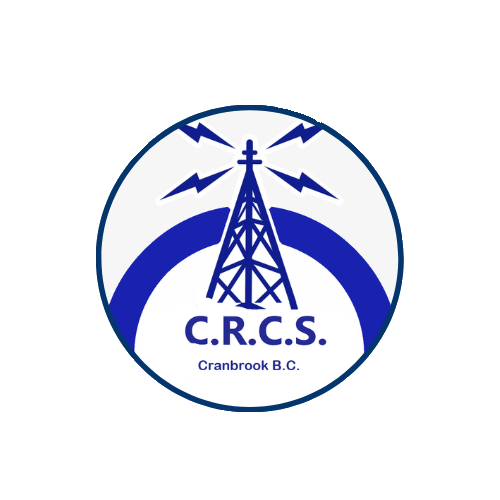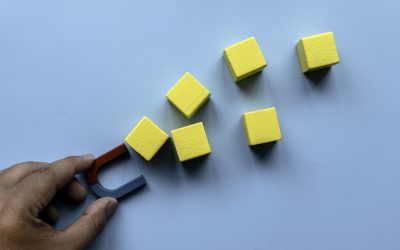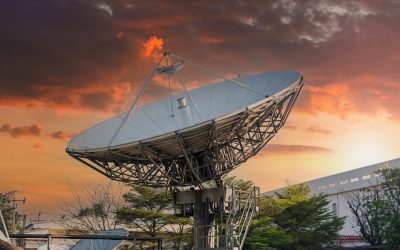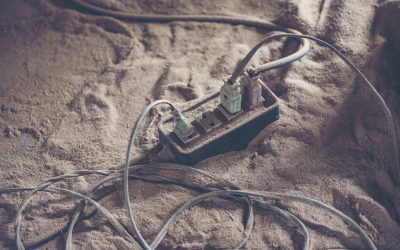Amateur radio is full of practical projects that not only save money but also expand your technical knowledge. One such project is building a basic RF sniffer. This simple yet highly useful tool can help you track down interference, verify signal presence, or troubleshoot equipment in your shack. Best of all, it can be built affordably with parts you may already have on hand.
At the Cranbrook Radio Club Society (CRCS), we believe that learning through building is one of the best ways to grow as an operator. In this guide, we’ll explain what an RF sniffer is, why you might want one, and how to put together a functional version on a budget.
What Is an RF Sniffer?
An RF sniffer is a small, handheld device designed to detect radio frequency energy in its vicinity. Think of it as a “signal detector” for radio. When you bring it close to a transmitter, coaxial cable, or antenna that’s active, the sniffer will give you an audible, visual, or meter-based indication that RF energy is present.
Commercial RF sniffers can be quite sophisticated, but the basic idea is simple: pick up RF energy and provide feedback so the operator can confirm signal activity or identify sources of interference.
Why Build a Basic RF Sniffer?
You might be asking: why not just buy one? While commercial devices exist, building your own has advantages:
-
Cost savings: A basic RF sniffer can be built with under $20 in parts.
-
Learning experience: Understanding how it works helps you improve troubleshooting skills.
-
Customization: You can design your sniffer to work best for your operating environment.
-
Portability: A homemade unit can be as compact as a penlight, making it easy to carry.
Common Uses for a Basic RF Sniffer
A basic RF sniffer can be used in many amateur radio scenarios, including:
-
Locating interference sources (RFI): Identify noisy wall warts, LED lighting, or switching power supplies.
-
Testing coaxial cables: Verify whether RF is making it through a cable or connector.
-
Checking transmitter output: Confirm whether your handheld or mobile rig is actually producing RF.
-
Antenna troubleshooting: Determine if your antenna is radiating as expected.
-
Field operations: Quickly confirm that portable setups are live without unpacking test equipment.
Understanding How an RF Sniffer Works
At its core, an RF sniffer consists of three main sections:
-
Pickup Element – A short antenna, probe, or wire that senses RF energy.
-
Detection Circuit – Usually a diode-based detector that rectifies the RF signal into DC voltage.
-
Indicator – An LED, meter, or audio alert that lets the user know RF has been detected.
The design can be as simple or as complex as you like. For a basic RF sniffer, we’ll stick with a straightforward detector and LED indicator.
Parts List for a DIY RF Sniffer
Here’s what you’ll need for a simple build:
-
Small antenna or probe: A short whip or piece of wire (3–6 inches).
-
Diode: A common silicon or Schottky diode (e.g., 1N34A, 1N4148, BAT54). Schottky diodes are more sensitive.
-
Resistor: 10kΩ–100kΩ range, for limiting current.
-
Capacitor: 0.01 µF to smooth out detected DC.
-
LED or meter: Provides visual indication of RF presence.
-
Battery (optional): Only needed if your indicator requires extra power.
-
Small enclosure: Altoids tin, project box, or even heat-shrink tubing.
Estimated cost: $10–$20, depending on what you already have in your parts bin.
Step-by-Step: Building a Basic RF Sniffer
Step 1: Prepare the Probe
Cut a short length of solid wire (3–6 inches). This will act as your antenna probe to detect RF energy. Mount it so it protrudes from your enclosure.
Step 2: Add the Diode
Solder your diode in series with the probe. Orient the diode correctly so the detected RF signal is rectified. Schottky diodes are recommended for better sensitivity, but common diodes also work.
Step 3: Add Capacitor and Resistor
Connect a small capacitor (0.01 µF) across the diode output to smooth out the rectified signal. Then, attach a resistor to limit current before it reaches your indicator.
Step 4: Connect the Indicator
For the simplest version, connect an LED between the diode output and ground. When RF energy is present, the LED will glow. If you prefer a more precise readout, you can use a small analog meter movement.
Step 5: Mount in Enclosure
Place all components into your chosen enclosure. An Altoids tin provides shielding and portability, though a small plastic box will also work fine. Drill a small hole for the probe to stick out.
Testing Your Basic RF Sniffer
Once built, it’s time to test:
-
Handheld Radio Test: Key up your handheld at low power and bring the sniffer near the antenna. The LED should glow or the meter should deflect.
-
Cable Check: Place the sniffer near coax to confirm whether RF is flowing.
-
Noise Source Hunt: Move the sniffer around your shack to see if it picks up stray RF from switching supplies or other devices.
Tips for Better Performance
-
Short leads: Keep wiring short to minimize stray inductance.
-
Use a Schottky diode: Increases sensitivity, especially on VHF/UHF.
-
Shielding: If your sniffer picks up too much ambient RF, enclose it in a shielded box with only the probe exposed.
-
Multiple probes: Consider swapping antennas for different frequency ranges.
-
Audio option: Add a piezo buzzer instead of an LED for audible feedback.
Advanced Options
If you want to expand beyond a basic RF sniffer, here are some ideas:
-
Frequency Selectivity: Add a band-pass filter to focus on a specific band.
-
Digital Readout: Feed the detected voltage into a small Arduino or ESP32 for a numerical display.
-
Signal Strength Meter: Use a sensitive analog meter to estimate relative field strength.
-
Directional Sniffer: Mount the probe in a shielded tube to improve directionality when hunting interference.
Safety Considerations
While building a basic RF sniffer is low-risk, keep a few safety points in mind:
-
Do not touch antennas during transmit. High RF power can cause burns.
-
Limit power during testing. Use low power (1–5 watts) when holding the sniffer close to antennas.
-
Avoid high-power RF paths. This tool is for proximity detection, not direct inline measurement.
Why a Basic RF Sniffer Belongs in Every Shack
For amateur operators, having a basic RF sniffer is like keeping a multimeter in your toolbox. It won’t replace a spectrum analyzer or high-end test equipment, but it fills a practical niche:
-
Quick verification of transmitters.
-
Easy troubleshooting of cables and connectors.
-
RFI hunting around the shack.
-
Educational tool for new hams learning about RF.
It’s lightweight, affordable, and effective—the perfect weekend project that pays dividends long-term.
Final Thoughts from CRCS
At CRCS, we encourage members to take on hands-on projects like this. Building a basic RF sniffer teaches practical RF principles while giving you a valuable tool for your amateur radio activities.
Instead of relying solely on commercial equipment, building your own gear keeps you connected to the experimental roots of amateur radio. Whether you use it to track down a noisy power supply, confirm your handheld is transmitting, or teach new hams about RF, this simple device is a worthy addition to any shack.
So grab a diode, an LED, and a spare resistor—your very own RF sniffer is just a solder joint away.




